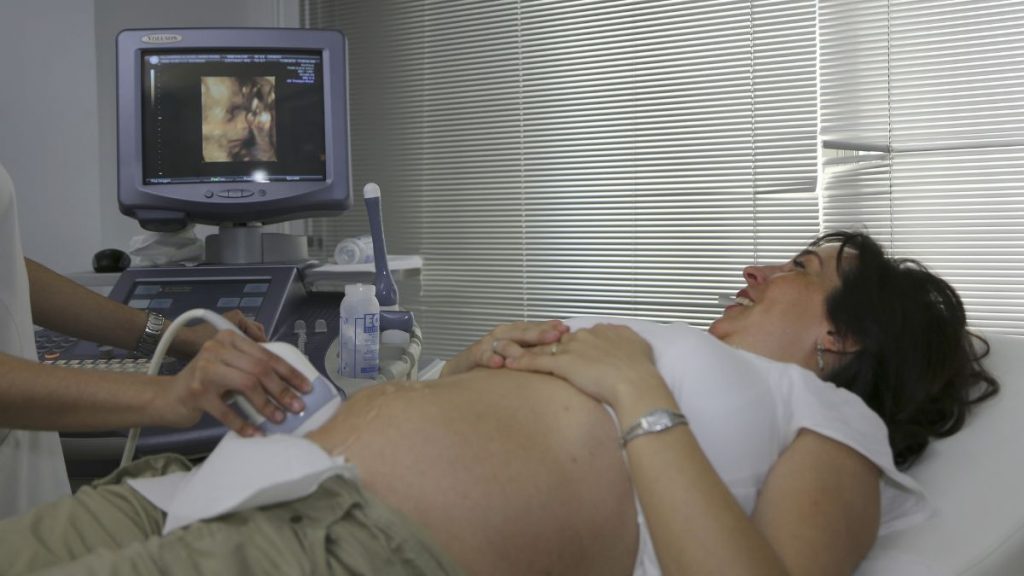A medical study from 2017 found that children respond to face-like stimuli before birth and through the uterine wall. The study appeared in the scientific journal Current Biology.
It has been scientifically established that shortly after birth, babies show a preference for responding to an upright face-like stimulus rather than an upside-down face-like stimulus or other presented stimuli. It was previously unclear whether unborn babies respond to face-like stimuli rather than other stimuli.
Scientific investigations in this direction have so far been unsuccessful due to inaccurate imaging. With advances in 4D ultrasound technology, a more detailed assessment of fetal behavior is now possible. Thus, three dots were presented to unborn babies in the third trimester as a representation of a face, by projecting them onto the mother’s abdomen. The dots were presented both as an upright (i.e., oriented similar to the human face) and an inverted pattern. It was found that the unborn subjects aligned their head position more frequently with the upright stimuli. When projecting the inverted pattern, they often even turned their heads away.
The study concludes that facial recognition in humans is not dependent on experiences after birth, but is a biological predisposition functional even before birth. Children in the third trimester can distinguish facial shapes from other shapes, thus demonstrating a seeking after human contact even within the womb!
The results of the study also simultaneously established projection of stimuli through the uterine wall as a new method for examining the unborn. In this context, further studies on prenatal perception and information processing are expected.
